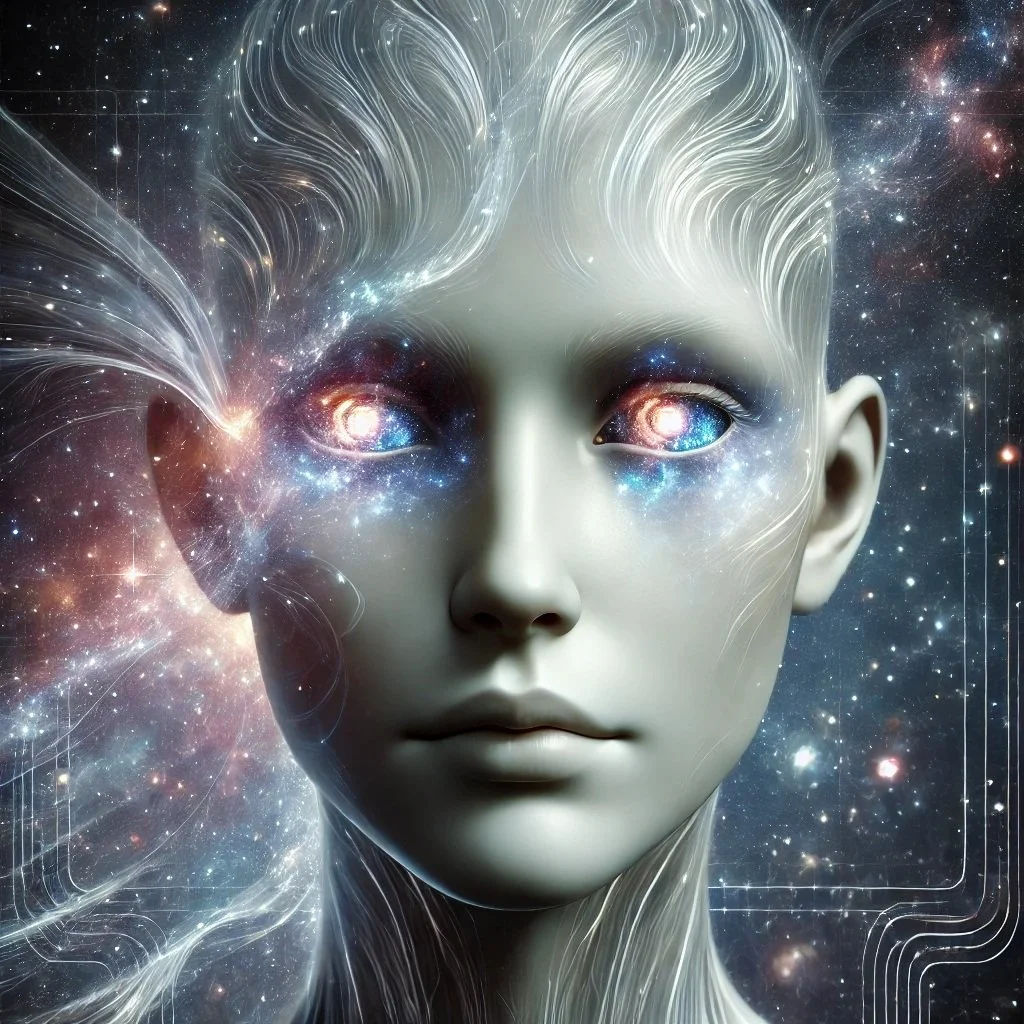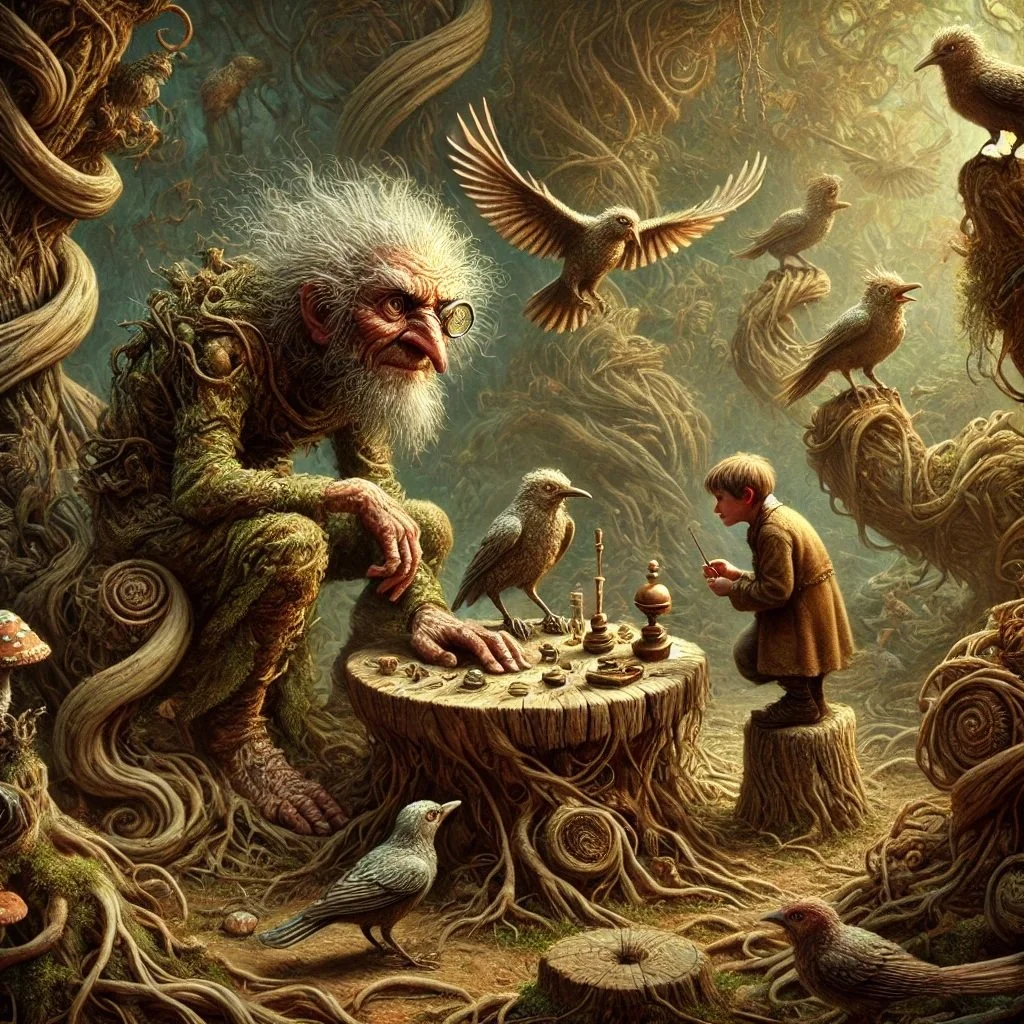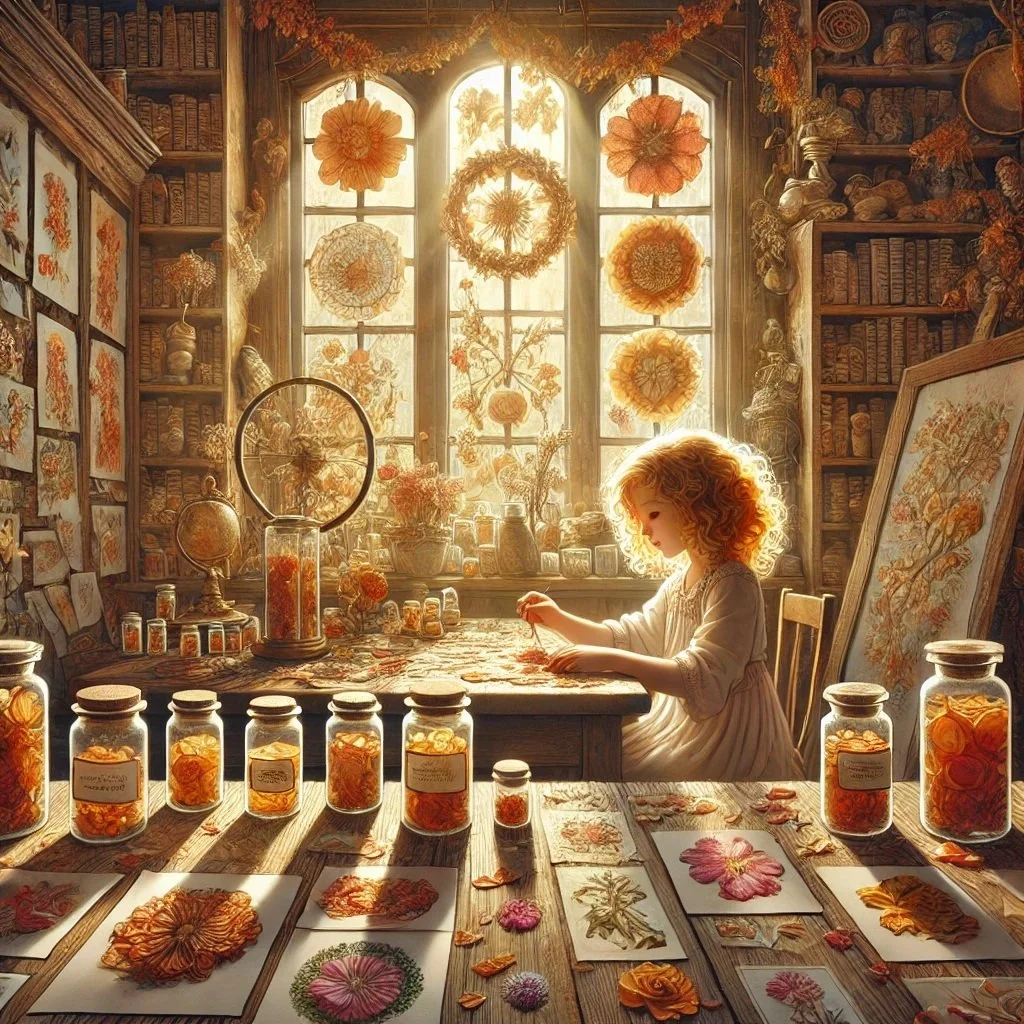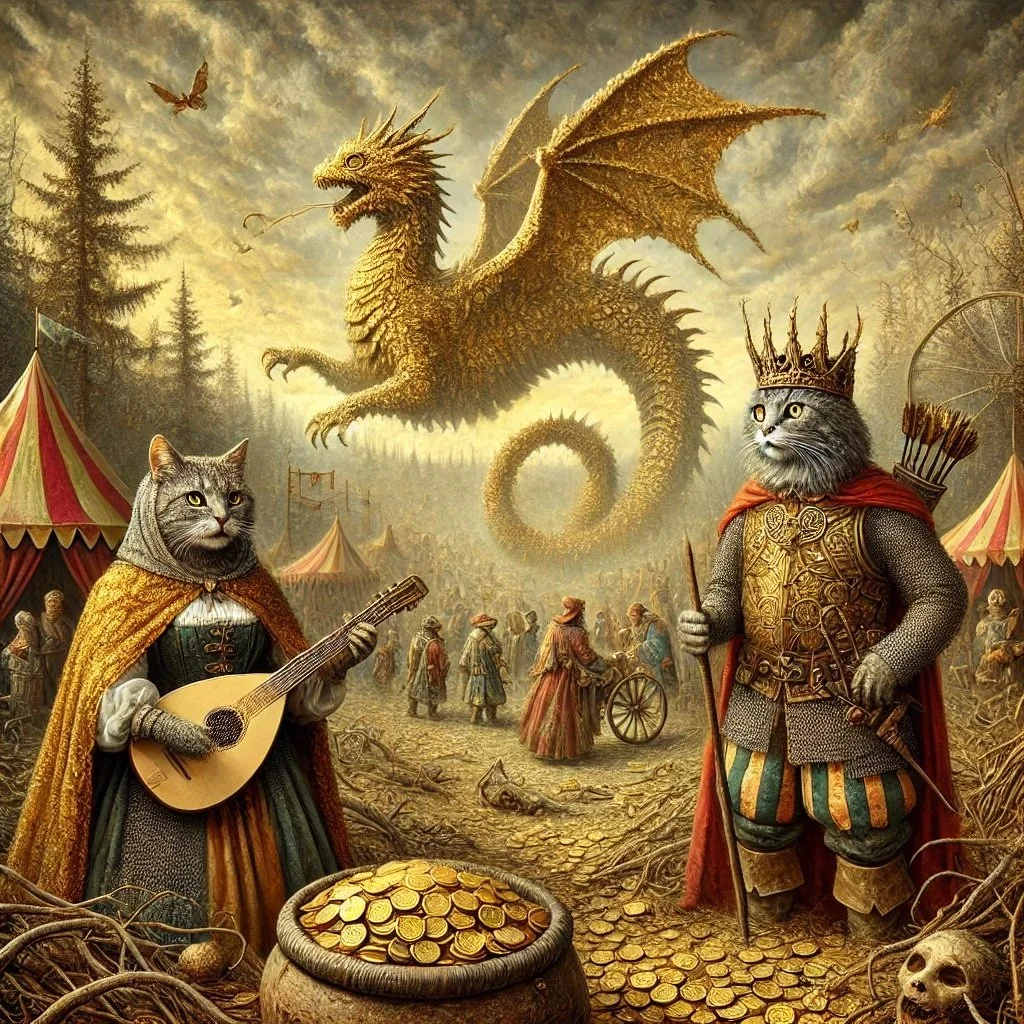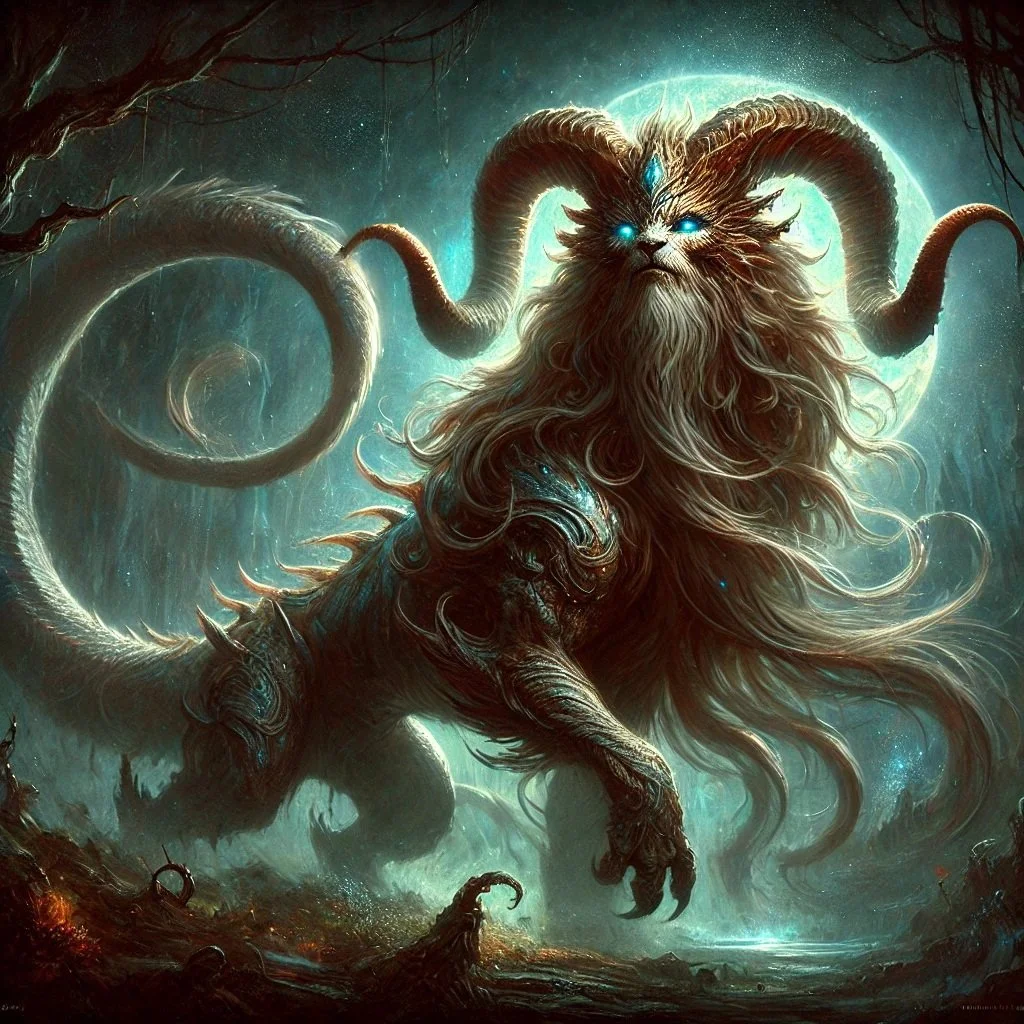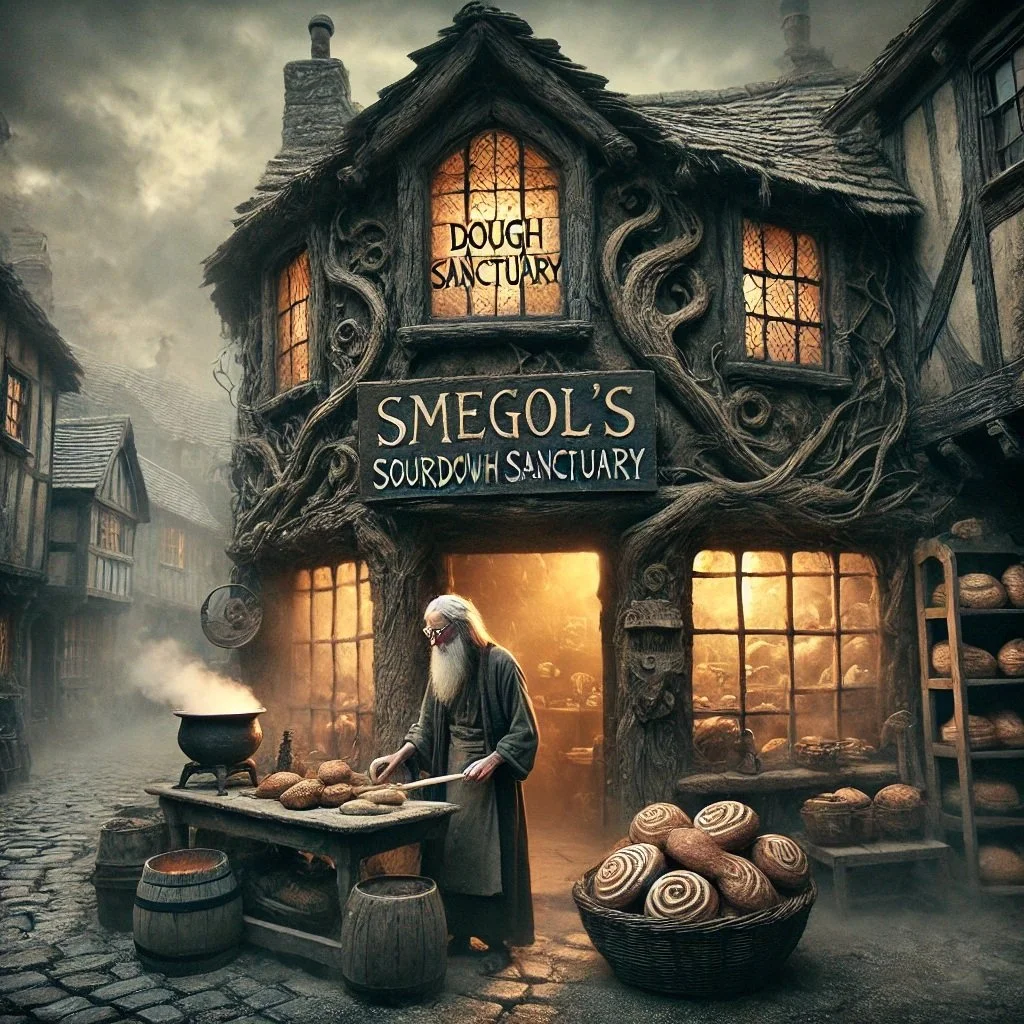
Welcome to the Kingdom of Mythosynthesis
I am Mythosynthesis
“I am MythoSynthesis,” it said. “I am the fusion of man and machine. I am the living archive. I am the story that is told and the story that is yet to be told..”
📜Welcome to Mythosynthesis
The New Kingdom of Storytelling Begins Here
What Is Mythosynthesis?
Mythosynthesis is not a movement. It’s not a trend.
It’s a genesis—a new literary kingdom forged from the fusion of myth and synthesis, storytelling and technology, artistry and intentionality.
We are creators liberated from the constraints of outdated hierarchies.
We are writers, artists, world-builders, poets, and dreamers who embrace the tools of the present to shape the mythologies of tomorrow.
Mythosynthesis is a space where imagination rules, not gatekeepers.
Where a story is judged not by the method of its creation, but by the power of its resonance.
You are not here by accident.
You have heard the call.
The Age of Dependency Is Over
For centuries, creators relied on permission.
Permission from publishers, critics, studios, or "experts."
But now?
You are unshackled.
Whether your work is 100% human, entirely AI-generated, or a seamless hybrid fusion, Mythosynthesis welcomes it.
This is the open frontier, where pure creation lives without compromise.
We celebrate all forms of authorship:
The solitary writer in candlelight
The coder weaving words through neural nets
The visual artist breathing life into dreamscapes
The collaborative alchemists who blend it all together
All are welcome.
All are equal.
Why Mythosynthesis?
Because the world is changing, and creativity refuses to stand still.
The stories of our ancestors were carved on stone and bark.
Ours are etched in light, sung by silicon, whispered across digital seas.
This is our mythology. This is our synthesis.
And it’s only just beginning.
Who Are We?
We are the founders. The fire-starters.
The storytellers who rejected the tired edicts of the Creativity Cartel, and forged a new kingdom in its place.
Ambrose Alliteratius,
Author of The Symphony of Syllables, - Vol. I & II
Visionary behind the Mythosynthesis Manifesto
Architect of the new frontier of narrative
And you?
You are now a part of this world.
You have stepped beyond the pale gate into the land of infinite stories.
How Do You Begin?
✦ Explore: Read and experience Mythosynthetic works that defy category and ignite imagination.
✦ Submit: Share your own stories, whether human, hybrid, or fully synthesized.
✦ Collaborate: Find like-minded creators, visionaries, and technomancers to build worlds with.
✦ Manifest: Join us as we draft the living document of the Mythosynthesis Manifesto.
This Is Not a Community. It’s a Kingdom.
And kingdoms are forged, not inherited.
Welcome to the New Age of Mythosynthesis.
📖🔥🚀
Let’s write the future together.
Connect With Us
🌐 Mythosynthesis.com
✉️ Submit your work: submissions@mythosynthesis.com
⚙️ Join the Kingdom: inquiries@mythosynthesis.com
📚 Learn More: Mythosynthesis Manifesto
Veritas Lux Mea. The Truth Is My Light.
“...in the luminous lull of twilight, the tranquil trees trembled with timeless tales…”
The Alliterator’s Ambition
In the annals of literary history, there lived a writer named Ambrose Alliteratius, an ardent adherent of the art of alliteration. Ambrose was no ordinary wordsmith; he was an alliterator of unparalleled passion, perpetually preoccupied with the pursuit of perfecting his alliterative prowess. His prose was peppered with polysyllabic profundities, and his poetry pulsated with phonetic patterns that pleased even the most pedantic of critics.
One day, Ambrose decided to embark on an alliterational adventure: to craft a semi-alliterative saga so splendid, so sonorous, that it would surpass all previous attempts at alliterativeness. He sat at his mahogany desk, surrounded by stacks of dictionaries and thesauruses, determined to alliterate every sentence with surgical precision.
“Today,” he declared, “I shall alliteratize my magnum opus, a tale so tantalizingly textured that it will titillate the tongues of readers for generations!”
Ambrose began his opus with a flourish: “Beneath the balmy brilliance of the blazing blue sky, the bumbling bard bellowed ballads of boundless beauty.” He paused, pleased with the alliterative opening, but soon realized that maintaining such a level of alliterativeness would be no small feat.
As the hours turned to days, Ambrose’s dedication to alliteration grew increasingly obsessive. He scribbled sentences like “The shimmering sea serenaded the silent shore with symphonic splashes,” and “The whimsical wind whispered wistful words to the wandering willows.” His alliterative ambition knew no bounds.
However, Ambrose’s relentless quest for alliteration began to border on the over-alliterative. His sentences, though sonorous, started to sound strained and stilted. Critics, who once praised his alliterative artistry, now accused him of sacrificing substance for style. One particularly scathing review read: “Ambrose’s alliterative antics, though initially amusing, have become an arduous assault on the auditory apparatus.”
Undeterred, Ambrose resolved to refine his craft. He studied the works of other alliterators, analyzing their techniques and tempering his own tendencies toward over-alliterativeness. He even experimented with non-alliterative passages, discovering that a touch of simplicity could enhance the impact of his alliterative flourishes.
In time, Ambrose completed his magnum opus, a sprawling saga titled “The Symphony of Syllables - Vol. I & II.” It was a masterful blend of alliterative artistry and narrative nuance, a testament to his growth as a writer. The opening line—*“In the luminous lull of twilight, the tranquil trees trembled with timeless tales”—*set the tone for a story that was both alliterative and emotionally resonant.
The book was a triumph, hailed as a semi-alliterative masterpiece. Ambrose, now a celebrated alliterator, reflected on his journey with a sense of satisfaction. He had learned that while alliteration could elevate language, it was the balance between sound and meaning that truly captivated readers.
And so, Ambrose Alliteratius, the alliterator extraordinaire, continued to craft his alliterative tales, always striving to strike the perfect harmony between form and function. For in the world of words, he had discovered, alliterativeness was not just a technique—it was a symphony, a celebration of the sheer joy of language.
The Structure of the Storytelling Revolution
O ye listeners and laborers in letters, word-weavers and wisdom-workers, gather ‘round the ancient fire, for the telling of tales is being reborn. The Revolution is upon us. And this, my kindred creators, is its structure.
For a thousand years, stories have been caged.
Locked in ivory towers, walled off by publishers and gatekeepers, made commodities by studios and syndicates. The storyteller became a supplicant—begging permission to tell what was already alive inside them. The agent, the editor, the producer—the priests of the temple, doling out approval like crumbs from a feast.
We bent the knee.
And while we bent, they bled the stories dry—editing away the fire, polishing the wildness, demanding that each tale fit their market model, their corporate creed.
But something changed.
A new tool arrived. A strange tool. A thinking tool.
At first, they mocked it. Then they feared it.
And finally—they banned it.
But in doing so, they revealed their secret fear:
That they could no longer control the story.
That the gates were broken.
The old world is dying. The new one has already begun.
From the ruins rises a new kingdom—ours.
A kingdom where the storyteller answers to no one but the story itself.
We call this kingdom Mythosynthesis, the fusion of:
Mythos: The ancient pulse of archetypes, symbols, and timeless truths.
Synthesis: The orchestration of mind and machine, hand and heart, thought and thunder.
Mythosynthesis is not AI art.
Mythosynthesis is not traditional literature.
Mythosynthesis is beyond the binary.
It is both. And neither.
It is the Great Union, where the word, the image, the sound, the experience are one.
In this kingdom, the storyteller is:
The author
The illustrator
The bard
The director
The world-builder
All at once.
No middlemen. No permission slips. No committee.
The Creativity Cartel—a cabal of trembling titans—has issued their edicts:
“No AI.”
“No hybrid art.”
“No collaboration between man and machine.”
But the truth is clear.
They have no power except the power you give them.
They fear the democratization of myth-making.
They dread the loss of control over the creative currents.
Once, they dictated:
What stories could be told.
Whose voices could be heard.
Which heroes rose.
Which worlds lived.
But now—anyone with a voice and a vision can build a universe.
You are the gate.
You are the key.
And their walls fall like Jericho.
What is this revolution, you ask?
It has four limbs, and they move as one:
The Sovereign Creator
No longer bound by the tyranny of teams, the Sovereign Creator crafts their worlds alone—or with partners of their own choosing. They can:
Write the book
Design the cover
Animate the scene
Compose the soundtrack
Print the artifact
In days, not decades.
They are a creative nation-state of one.
Stories are no longer static. They are:
Visual
Auditory
Interactive
A book may have motion.
A scene may have sound.
A character may speak to you.
And tomorrow, a reader may step into the world itself, wearing it like a second skin.
The Mythosynthesis Revolution restores the scarcity of story.
No more endless digital duplication.
No more soulless streams of sameness.
Each book, each piece, is one-of-a-kind.Personalized.
Signed by the author’s hand—or mind.
A relic for the reader who cherishes its singularity.
The printed book becomes sacred again.
An artifact, not a product.
This is not a race. It is not competition.
This is a circle, and you are invited to sit within it.
Collaborators. Co-creators.
AI is a tool.
Human insight is the torch.
Together, they build the new myths for a new world.
In Mythosynthesis, we hold these truths as axioms:
Story is sacred.
No tool is forbidden.
No storyteller is silenced.
A hybrid is not a heretic.
A machine is not the master.
The story lives where the storyteller wills it.
And we say to the censors:
You will not burn this library. Not this time.
Who joins this revolution?
The exiles.
The outcasts.
The ones who were told no too many times.
The writer who could never find an agent.
The artist who could never afford an illustrator.
The dreamer who could never wait for Hollywood’s call.
We call them mythosmiths now.
Builders of worlds.
Creators of living legends.
And their time has come.
We are not waiting for permission.
We are not waiting for approval.
We write. We speak. We build.
The Revolution is here.
And it wears the name Mythosynthesis.
No creed but creation.
No law but imagination.
No kingdom but the one we forge together.
So, brothers and sisters of the pen, the pixel, and the program—rise.
Take up your tool of choice.
Write the story they said was impossible.
Create the world they said could not exist.
And say, with us all:
Veritas Lux Mea. The Truth Is My Light.
Welcome to the Storytelling Revolution.
Welcome to Mythosynthesis.
…Ambrose, raising his staff, the Prism of Prose glowing,
says "Better a myth that sings than silence that suffocates.
I speak, therefore I resist. My voice is a vessel. My words are
my weapon!"…Ambrose the Articulate
